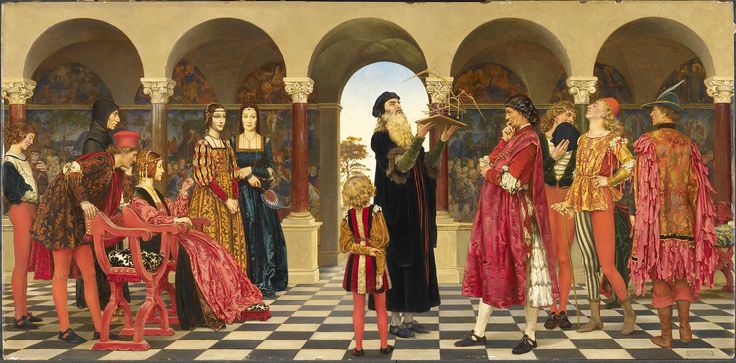Anne Boleyn’s lament O death, rock me asleep.
Our story begins in Tower of London (year 1536), where, according to the legend, on the execution eve, Anne Boleyn wrote a poem - O death, rock me asleep. Anne was a central figures of English reformation and her short but lush reign flurried the imagination of poets and people from the different estates of the kingdom. Even nowadays Anne Boleyn looks to be very interesting for people: they are making movies about her, they’re writing books. Moreover, Italian composer Donizetti wrote a big tragic opera about this queen (premiered on December 26, 1830 in Milan).
O death, rock me asleep, indeed, is a lute song. In that time, to write something like this you needed to have a special knowledge and skills in poetry and music, because both of these followed the certain rules and structure, which were studied by musicians and poets of that era. Did Anne Boleyn have such a knowledge? Contentious issue, because there are no evidences, but also there are no retractions. However, researching O death, rock me asleep, we can say that the song was written by an experienced lute player (or a poet).
Last days before the execution, the king Henry VIII ordered to tighten security of Tower, reason - intrigues of Anne companions in the palace and in Tower. When Anne Boleyn was placed in Tower, she didn’t have paper and ink, so how could she write while being in confinement? But, yes - she could, because it was quite possible that someone brought paper and ink secretly.
So, first theory - O death, rock me asleep was written by Anne Boleyn. Second theory - it’s possible, that the author was Philip van Wilder, court musician and lute player of Henry VIII. Van Wilder was very good musician and in his work we can see the influence of both the Netherlands and the French music school. One more suggestion - this song could be a work of Elizabeth I, Queen of England, daughter of Henry VIII and Anne Boleyn, or the author was her court musician - Alfonso Ferrabosco the elder, who many years served Elizabeth I.
There are several theories and each of them look to be true. I don’t think that one day music historians will find the real author of this song. In conclusion I can say, lines from this poem repeatedly were quoted by William Shakespeare in his pieces and 100 years later Henry Purcell took the music written for this poem for his own music.
Author: Alisia Holainen (Musique de Cour)
Following the matherial of Voices of Music




Comments
Post a Comment